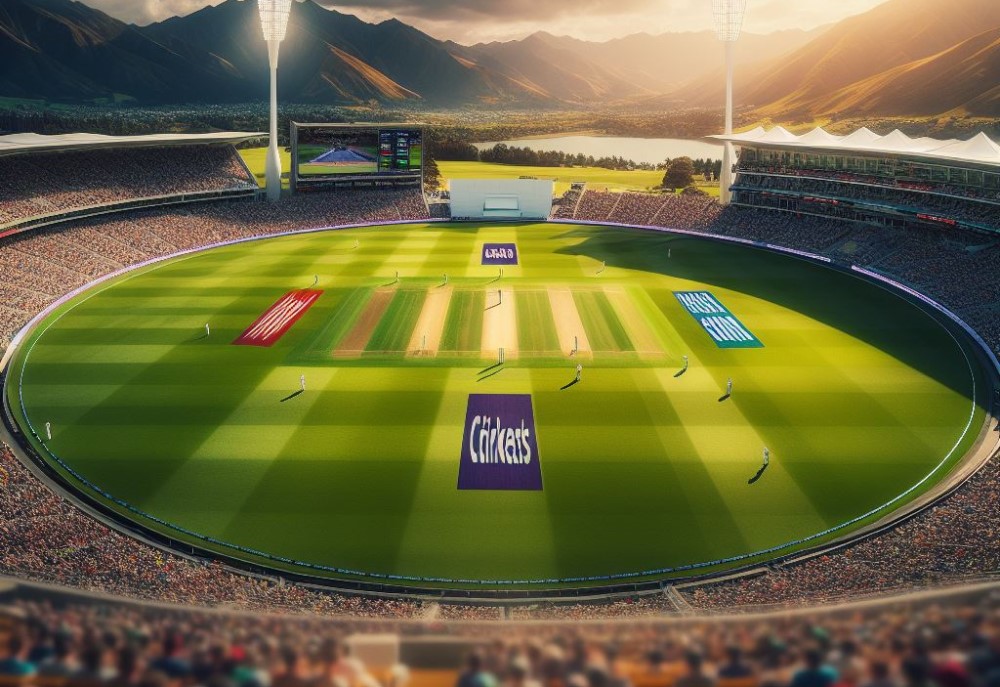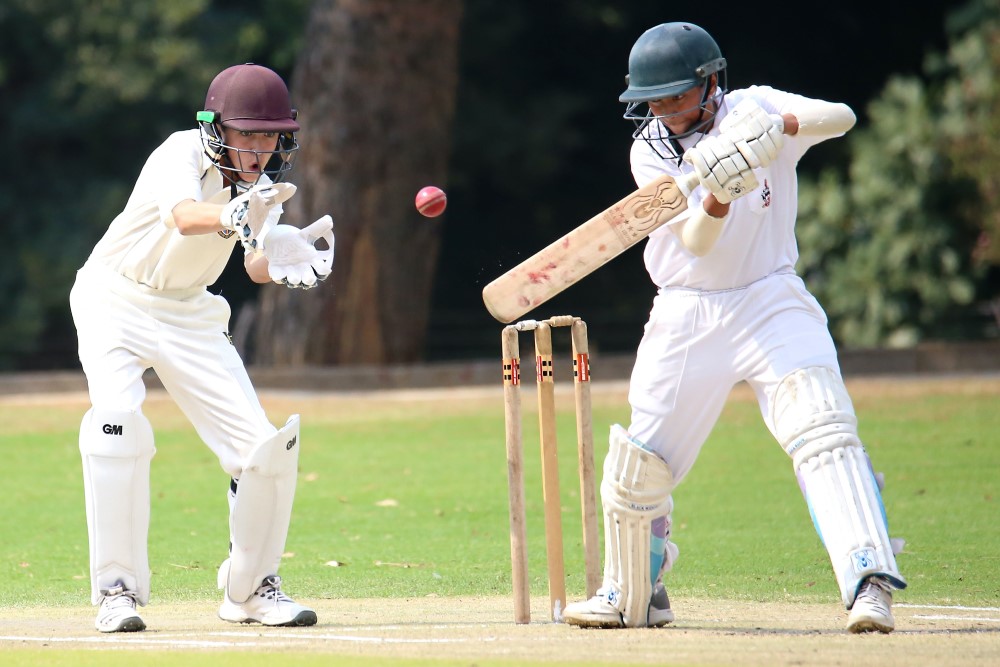
The Historic Significance of Basin Reserve New Zealand
The Basin Reserve in New Zealand holds immense historic significance, particularly in the realm of cricket. This iconic cricket ground has witnessed numerous memorable matches and moments, shaping the nation’s cricketing legacy.
The establishment of the Basin Reserve dates back to a significant period in New Zealand’s history, and its architecture and design are unique and noteworthy.
The Basin Reserve has not only made a lasting impact on the sporting culture but also plays a crucial role in New Zealand’s sports tourism industry.
In this article, we delve into the historic importance of the Basin Reserve, explore its cultural significance, discuss notable matches, and examine its role in New Zealand’s sporting landscape.
We provide insights on visiting the Basin Reserve, nearby historic sites, and future plans for the ground.
The Establishment of Basin Reserve
The establishment of the Basin Reserve, in 1857, is a significant cricket venue in New Zealand. It was created with the aim of developing a world-class cricket ground in Wellington.
The construction process involved obtaining funding and acquiring the necessary land. The dedication of the founding committee boosted the morale of the local cricket community and fostered a sense of pride.
Despite challenges, the construction of the Basin Reserve was successful. The project involved coordinating contractors to ensure timely completion. The end result is a state-of-the-art cricket ground that has stood the test of time.
The Establishment of the Basin Reserve is a testament to New Zealand’s passion for cricket. It has hosted historic matches and showcased some of the world’s top cricketers. The establishment of the Basin Reserve represents the country’s cricketing heritage and commitment to nurturing the sport for future generations.
The Importance of Basin Reserve in Cricket History
The Basin Reserve in Wellington, New Zealand, holds immense importance in the history of cricket. This venue has witnessed memorable moments and played a pivotal role in shaping the sport.
The Basin Reserve has hosted international cricket matches, including test matches, one-day internationals, and T20 matches. The rich history and unique characteristics of the ground make it a favorite among players and fans alike.
One crucial aspect of the Basin Reserve is its pitch, which provides a fair contest between bat and ball, ensuring an even bounce and pace. The pitch poses challenges for batsmen, especially in the early stages of a match. Bowlers also find assistance from the pitch, heightening the thrill of the game.
With a seating capacity of approximately 11,000, the stadium creates an intimate and vibrant atmosphere. The passionate crowd amplifies the significance of the Basin Reserve in cricket history and adds to the electric energy on the field.
Over the years, this hallowed ground has witnessed iconic moments, from record-breaking innings to nail-biting finishes. Players from around the world have left their indelible mark on this revered turf, etching their names into the annals of cricketing history.
Notable Matches and Moments at Basin Reserve

In the illustrious history of the Basin Reserve, there have been several notable matches and moments that have left an indelible mark on cricket. It all started in 1946 when the ground hosted its inaugural Test match, a gripping encounter between New Zealand and England. This historic event set the stage for many internationally acclaimed matches to follow.
One such unforgettable moment came in 1977 when Richard Hadlee etched his name in the record books. The legendary cricketer became the first ever to take nine wickets in a Test innings against Australia at the Basin Reserve, leading to a remarkable victory for New Zealand. Hadlee’s exceptional performance will forever be etched in the annals of cricketing history.
Fast forward to 1990, and the Basin Reserve witnessed another exciting chapter. On this occasion, New Zealand triumphed over India in a thrilling contest.
It was Dipak Patel who stole the show with his exceptional skill, taking ten wickets and securing a glorious win for his team. Patel’s outstanding display will forever be cherished as a testament to his talent and dedication.
Not to be outdone, 2001 brought another remarkable moment at the Basin Reserve. New Zealand faced off against Zimbabwe, and it was Nathan Astle who stole the limelight with his extraordinary batting prowess.
In just 153 balls, Astle scored the fastest double century in Test cricket, a feat that left spectators and experts alike in awe. His exceptional achievement cemented his place in cricketing history.
The year 2014 witnessed yet another glorious feat at the Basin Reserve. Brendon McCullum, one of New Zealand’s greatest cricketers, rose to the occasion and scored a triple century against India.
This remarkable achievement made McCullum only the second New Zealand batsman to accomplish such a feat in Test cricket. His masterful innings will forever be remembered as a defining moment in his career.
These matches and moments have undeniably contributed to the rich history and heritage of the Basin Reserve. From record-breaking performances to thrilling victories, this legendary ground has witnessed some truly extraordinary cricketing achievements.
The Architecture and Design of Basin Reserve
The architecture and design of Basin Reserve are of great importance. The pavilion exemplifies the Victorian Gothic style with its pointed arches, intricate details, and ornate facade. These elements greatly enhance the aesthetic appeal of the venue.
The grandstand combines classical and modern elements and offers spectators excellent views of the cricket matches. The playing surface is meticulously maintained to ensure fair gameplay and optimal conditions for the players, including consistent bounce and pace.
Surrounding the Basin Reserve are beautiful landscaping features, such as lush green lawns, well-manicured gardens, and strategically placed trees.
The entrance gates showcase exquisite ironwork, serving as a reflection of the venue’s historical significance. Not only are they functional, but they also symbolize the heritage and legacy of the ground.
All in all, Basin Reserve offers a distinctive and captivating experience for visitors, whether they are cricket enthusiasts or simply appreciate architectural beauty.
Historical Significance of Basin Reserve in New Zealand

The Basin Reserve in New Zealand holds significant historical importance. It was established in 1868, making it one of the oldest cricket grounds in the country.
Throughout the years, the Basin Reserve has witnessed numerous significant cricket matches, including notable international tests that have played a crucial role in shaping New Zealand’s cricketing history.
In 1973, the Basin Reserve celebrated its centennial year, marking 100 years of cricket at this iconic venue. The celebrations showcased the rich heritage of the Basin Reserve and its contributions to the sport.
The Basin Reserve has hosted matches featuring legendary cricketers like Sir Richard Hadlee and Martin Crowe, whose exceptional performances at the ground have had a lasting impact on New Zealand cricket.
The Basin Reserve’s unique architectural features, including its distinctive terraces and iconic Museum Stand, contribute to its historical charm and character.
It is not just a cricket ground but also an important cultural site in New Zealand.
The Basin Reserve has been recognized as a Category II historic place by Heritage New Zealand, highlighting its enduring significance in the country’s heritage.
The Cultural Impact of Basin Reserve
Basin Reserve has had a significant cultural impact on the local community. It has been a historic cricket venue since 1868, fostering a sense of unity and excitement through the sportsmanship and enthusiasm displayed during matches.
People from all walks of life gather at the Basin Reserve to support their favourite teams, promoting camaraderie and togetherness.
In addition to cricket matches, the Basin Reserve also hosts community events such as music concerts and cultural festivals, which enrich the cultural fabric of the community.
The Basin Reserve serves as a symbol of history and heritage, with its architectural design and layout reflecting its historical context.
Its presence has also contributed to the local economy through tourism and business opportunities. Visitors and spectators generate revenue for surrounding businesses such as hotels, restaurants, and shops.
The Cultural Impact of Basin Reserve is evident in the vibrant atmosphere it creates during matches and events, bringing people together and fostering a strong sense of community.
The Role of Basin Reserve in New Zealand Sports Tourism

Basin Reserve plays a significant role in sports tourism in New Zealand. The cricket ground, situated in Wellington, attracts both local and international tourists. Basin Reserve has increased the popularity of Wellington as a sports destination.
Cricket enthusiasts come to the city to witness matches at this historic venue. The ground has hosted numerous international matches, including games during prestigious tournaments like the ICC Cricket World Cup.
The stadium can accommodate approximately 11,600 spectators, making it ideal for national and international cricket events. The atmosphere at Basin Reserve is buzzing, with fans cheering on their favourite teams and players.
In recent years, sports tourism in New Zealand has grown, and Basin Reserve has played a crucial role in this development. The high-quality facilities and infrastructure surrounding the ground enhance the overall experience for visitors. The city offers various accommodation options, restaurants, and attractions, making it a complete sports tourism destination.
Local authorities and tourism organizations recognize the importance of Basin Reserve in promoting sports tourism in Wellington. They continuously work to nurture and enhance the venue’s tourism potential, ensuring it remains a top choice for cricket enthusiasts and tourists.
The Future of Basin Reserve

The future of the Basin Reserve is of great importance as it evolves and adapts to meet the changing needs of the community and cricket enthusiasts. The infrastructure of the Basin Reserve will be modernized in order to enhance the experience for fans.
This will involve improving seating capacity, increasing accessibility, and enhancing facilities for players and spectators.
Incorporating new technologies will also be a priority to enhance the viewing experience. High-definition screens, virtual reality, and interactive features will be introduced to engage the audience.
The management will ensure that these advancements are implemented while preserving the Basin Reserve’s historical value, striking a balance between innovation and heritage.
Emphasizing sustainability and environmental responsibility is another crucial aspect. Eco-friendly practices such as rainwater harvesting, solar power usage, and waste management will be prioritized to minimize the carbon footprint of the stadium.
The Basin Reserve will also collaborate with local communities and organizations. This collaboration will promote the development of sports and outreach programs, creating opportunities for aspiring cricketers to enhance their skills.
The Basin Reserve aims to host international cricket tournaments and attract global attention. These efforts will boost tourism and contribute to economic growth, further solidifying the importance of the future of the Basin Reserve.
How to Visit and Experience Basin Reserve
Visiting Basin Reserve and experiencing all it has to offer is a necessity for cricket enthusiasts. If you’re planning a visit, here’s how to make the most of your time:
1. Plan your visit: To ensure you don’t miss out, check the schedule of cricket matches and select a suitable date. It’s highly advisable to book tickets in advance to secure your place.
2. Arrive early: Give yourself ample time to find parking and settle down before the match begins. Basin Reserve tends to get crowded, especially during important matches.
3. Obtain refreshments: Before the match starts, make sure to purchase snacks and beverages from the various food stalls located at the venue. This will ensure you stay energized throughout the game.
4. Locate your seat: Once you’ve obtained your refreshments, find your designated seat in the stands. Get comfortable and prepare yourself to fully immerse in the excitement of the game. The atmosphere and camaraderie shared by fellow cricket enthusiasts will enhance your experience.
5. Watch the game: Pay close attention to the ongoing cricket action. Support your preferred team or players and immerse yourself in the thrill of every run, wicket, and boundary. Let the game captivate you.
6. Explore the surroundings: During breaks or intervals, take a leisurely stroll around the stadium. Soak up the vibrant energy and bustling atmosphere of Basin Reserve. This will give you a chance to appreciate the surroundings and engage with other fans.
7. Visit the museum: If you’re interested in the history of cricket and the significance of Basin Reserve, take the opportunity to visit the on-site museum. It’s a great way to learn more about the venue’s rich heritage and enhance your overall experience.
Frequently Asked Questions
What was the historic significance of the Basin Reserve?
The Basin Reserve in Wellington, New Zealand, has a rich history and holds significant historic value as the oldest Test cricket ground in the country. It was originally a shallow swamp that was transformed into a dock reserve in 1863 but later designated as a recreation reserve after an earthquake in 1855 drained the area. In 1866, it was officially established as a cricket ground, and since then, it has hosted various sports, events, and significant milestones.
How did the Basin Reserve become a cricket ground?
In 1866, the Basin Reserve was officially established as the main cricket ground in the new capital city of Wellington. It was originally a shallow swamp known as Basin Lake, but after an earthquake in 1855 raised the land, the lagoon dried up. The locals saw an opportunity to utilize the area for recreational activities like cricket and rugby, which led to the support of the local governing body, then known as Wellington City Council. Inmates from Mt Cook Prison helped drain and level the area, paving the way for the establishment of the Basin Reserve as a cricket ground.
What other sports and events have been held at the Basin Reserve?
While cricket has been the main sport played at the Basin Reserve since 1884, the ground has also hosted a wide range of other sports and events throughout its history. These include rugby union, rugby league, association football, hockey, cycling, rifle practice, dog racing, baseball, lacrosse, softball, open-air religious services, opera, jamborees, military displays, and political and royal visits. In fact, the Basin Reserve has been used for numerous activities that showcase its versatility as a sporting and cultural venue.
What are some notable features and structures at the Basin Reserve?
The Basin Reserve is surrounded by several landmarks and historic structures. Some notable features include the playing “oval,” the R.A. Vance Stand, which was added in 1979-81, the eastern bank development, and the late 19th-century groundsman’s shed. The gates, named after prominent cricketers C.S. Dempster and J.R. Reid, date back to 1923, and the New Zealand Cricket Museum is housed in the 1924 Museum Stand. The ground also features a memorial to Colonel William Wakefield, leader of the New Zealand Company’s Wellington settlement.
What are some historical records and statistics associated with the Basin Reserve?
The Basin Reserve has hosted numerous Test matches, with a total of 64 played at the ground. It has an average runs per wicket of 31.42 and is known to favor fast bowlers over spin bowlers. The highest individual innings at the ground is 302 by Brendon McCullum, and the highest total in One-day Internationals (ODIs) is 315/7 by New Zealand against Pakistan. The Basin Reserve is also known for setting world records, such as Martin Crowe and Andrew Jones’ partnership against Sri Lanka.
What is the future of the Basin Reserve?
The Basin Reserve continues to evolve and has plans for improvements and potential challenges. The Basin Reserve Trust developed a Masterplan in 2014, endorsed by the Wellington City Council in 2015, as a blueprint for redeveloping the area. There have been discussions and controversies regarding a proposed flyover along the northern edge of the grounds. The future of the Museum Stand remains uncertain after a negative earthquake assessment. Despite these potential changes, the Basin Reserve remains a significant and historic sporting ground in Wellington.





